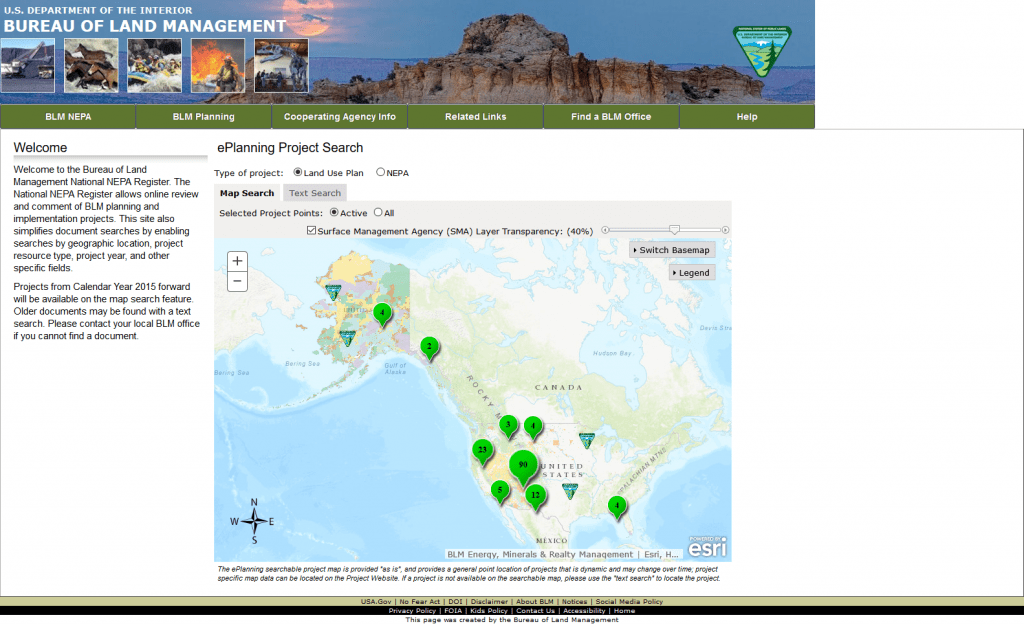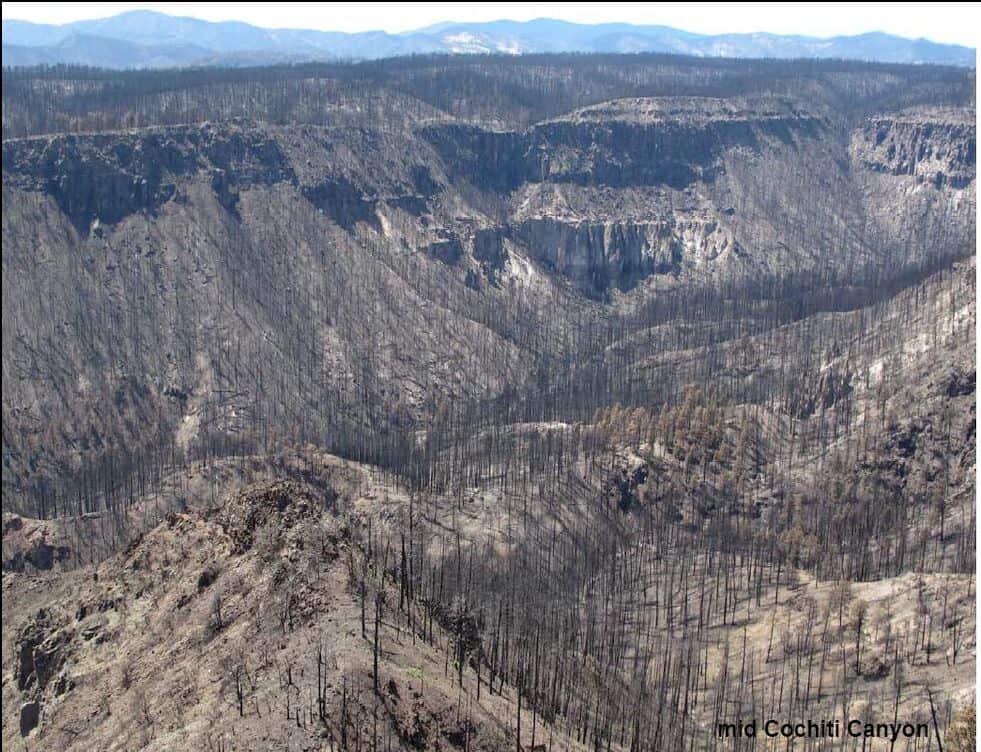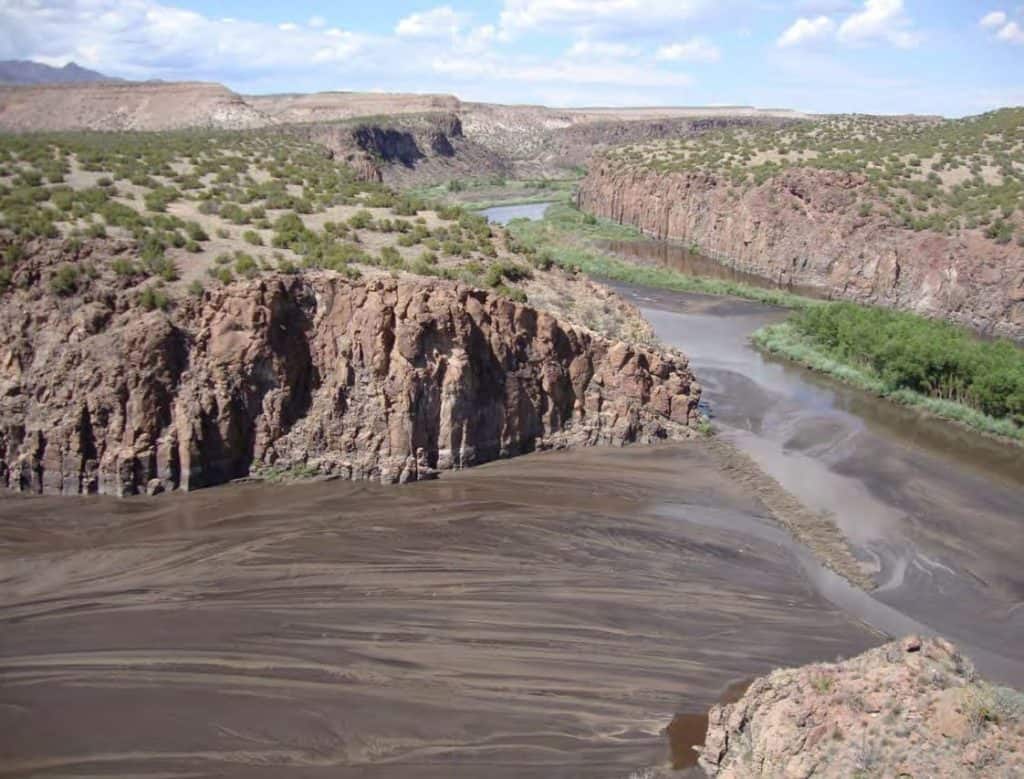We’ve discussed “condition-based” NEPA analysis and its legal implications – mostly thinking about timber management. Here’s the Foothills Landscape Project, affecting 157,000 acres on the Chatahoochee-Oconee National Forest. It raises the usual concerns about NEPA sufficiency (it’s an EA, which was a key factor in the Tongass case injunction). Here’s how it works, according to the EA:
The locations and timing of treatments would continue to be selected and prioritized using a systematic process that evaluates restoration needs, determines appropriate treatments to address those needs (through use of decision matrices) and balances implementation of those activities with operational feasibility, agency capacity, and social considerations, to the extent possible.
But apparently no further consideration of environmental impacts. Here’s a statement that caught my eye, because the whole point of NEPA (as stated in many court opinions) is to analyze effects before you take action, whereas it sure looks like their intent is to act and then see what the effects are:
If, as a result of monitoring, the effects of activities require management or maintenance treatments that fall outside of the treatment toolbox options assessed within this EA and the forthcoming decision, additional analyses could be warranted.
I’ve also got NFMA concerns if what they are doing is establishing new long-term management direction (which should be in a forest plan) without going through the forest planning process. How are “project design” requirements different from forest plan standards?
But what was new to me was the application to developed recreation sites, as described here:
On the recreation side, the project looks to make strides to improve the visitors’ experiences by enhancing existing trails and campsites that are used heavily while closing those that are not rarely used and no longer sustainable.
“We don’t have any specific proposals in any specific campground, but we are going to look at the conditions in areas that make sense … “We don’t have a lot of hard proposals, but basically we just want to make investments in areas that have high resource protection and high visitors’ satisfaction,” Grambley said. “We’re proposing reroutes to properly layout trails because we realize that a lot of our trails go straight up a ridgeline and we don’t want that because it causes erosion and it’s not fun to hike quite honestly. So we want to make the trails more sustainable and more-friendly layouts.”
These sound like the kinds of priorities that a forest plan should establish. But when we want to implement them? Just trust us to know what “makes sense.”










